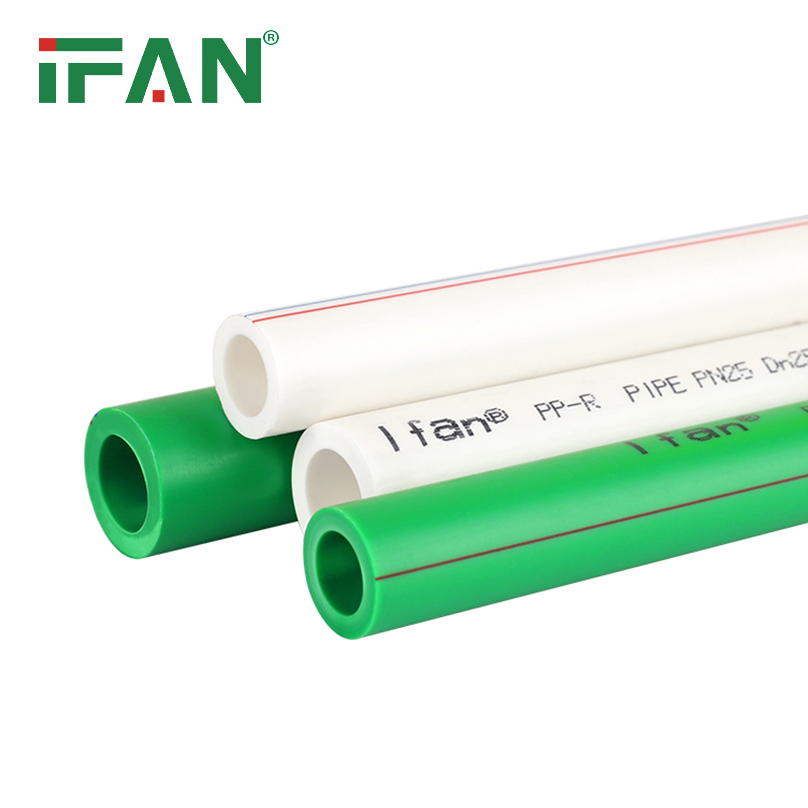1.What are the advantages of PPR
PPR (polypropylene random), also known as random copolymer polypropylene (PPR), has good toughness, high strength, excellent processing performance, good creep resistance at higher temperatures, and has the unique high transparency advantage of random copolymer polypropylene. It can be widely used in the production of pipes, sheets, daily necessities, packaging materials, household appliance components, and various thin films.

2.What is a PPR tube
PP-R pipe, also known as type III polypropylene pipe or random copolymer polypropylene, uses random copolymer polypropylene to be extruded into pipes or injection molded into pipe fittings. Ethylene is the most commonly used monomer, which causes changes in the physical properties of polypropylene. Compared with PP homopolymer, random copolymers improve optical properties, enhance impact resistance, increase flexibility, lower melting temperature, and thus lower hot melt temperature; At the same time, it is basically the same as homopolymers in terms of chemical stability, water vapor isolation performance, and organ sensory performance. Used in the fields of extrusion, blow molding, injection molding, film and sheet extrusion processing, as food packaging materials, pharmaceutical packaging materials, and daily consumer goods.
3.What are the uses of PPR tubes
Compared with traditional cast iron pipes, galvanized steel pipes, cement pipes, and other pipelines. PPR pipes have the advantages of energy conservation, environmental protection, lightweight and high-strength, corrosion resistance, and long service life. They are widely used in construction, urban and rural water supply and drainage, urban gas, power and fiber optic cable sheaths, industrial fluid transportation, agricultural irrigation, and other construction, municipal, industrial, and agricultural fields.
4.Physical properties of PPR tubes
Physical properties: Generally speaking, random PP copolymers have better flexibility and lower rigidity than PP homopolymers. They can maintain moderate impact strength when the temperature drops to 32 ° F. But their usefulness is limited when the temperature drops to -4 ° F. The Flexural modulus (secant modulus at 1% strain) of the copolymer is in the range of 483~1034MPa, while that of the homopolymer is in the range of 1034~1379MPa. The molecular weight of PP copolymer material has less impact on rigidity than that of PP homopolymer. The impact strength of cantilever beams with notches is generally in the range of 0.8 to 1.4 feet · pounds/inch.
5.Chemical properties of PPR tubes
Chemical properties: Random PP copolymer for acid. Alkalis, alcohols, low boiling hydrocarbon solvents, and many organic chemicals have strong resistance to their effects. At room temperature, PP copolymers are basically insoluble in most organic solvents. Moreover, when exposed to soap and soap lye. When used in water-based reagents and alcohols, they do not undergo environmental stress fracture damage like many other polymers. When in contact with certain chemicals, especially liquid hydrocarbons. Chlorinated organic compounds and strong oxidizing agents can cause surface cracks or swelling. Non polar compounds are generally more easily absorbed by polypropylene than polar compounds. Its molecules only contain carbon and hydrogen elements, and there are no harmful or toxic elements present.

